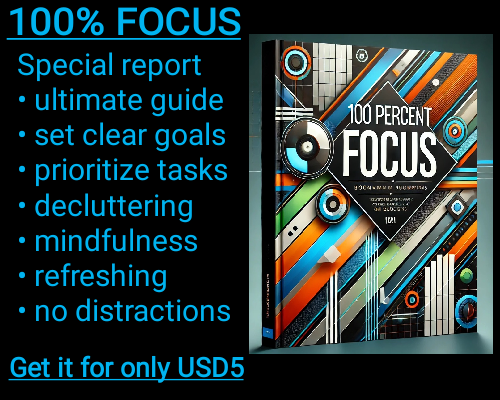Circular references in Excel occur when a formula directly or indirectly refers to its own cell, creating a loop. This can lead to an iterative calculation process, allowing Excel to calculate values that depend on their own result. Circular references are often used in financial modeling, project management calculations, or scenarios where certain values need to be recalculated repeatedly until they reach a specific result. While circular references are not enabled by default, Excel allows users to activate them through the options menu. Understanding how to activate and manage circular references is essential, as it enables advanced modeling and the calculation of certain types of iterative problems.
To activate a circular reference in Excel, you need to adjust the calculation options within the Excel settings. By default, Excel disables circular references because they can cause infinite loops that result in errors or calculations that take too long to complete. However, you can enable them by following a few simple steps. Start by opening Excel and navigating to the "File" tab in the ribbon. From there, click on "Options" to open the Excel Options window. Once in the Excel Options window, click on the "Formulas" tab to access the calculation settings.
In the "Formulas" tab, you will see a section labeled "Calculation options." By default, Excel is set to "Automatic," which means it recalculates formulas immediately when you make any changes to the workbook. To allow circular references, check the box next to "Enable iterative calculation." This setting tells Excel that you want to allow formulas that refer back to themselves. After you enable iterative calculation, you can also adjust the maximum number of iterations and the maximum change between iterations. The default settings are typically set to 100 iterations and a maximum change of 0.001. These values determine how many times Excel will recalculate a formula and how precise the results must be before stopping.
Once you have enabled iterative calculations, Excel will allow circular references in the workbook. However, you should be cautious when using them. Since circular references can create a feedback loop, it is important to set the correct parameters for iterative calculations. The "Maximum Iterations" value specifies how many times Excel will recalculate the formula. If the result does not converge to a stable value within the specified number of iterations, Excel will stop calculating and display an error. The "Maximum Change" value sets the threshold for when the formula result is considered "close enough" to the true value. Excel will stop recalculating when the difference between the results of two successive iterations is less than this value.
Once circular references are activated, you can create a circular reference by writing a formula that references its own cell, either directly or indirectly. For example, you might have a formula in cell A1 that refers to A1 itself, such as =A1+10. When Excel encounters this formula, it will attempt to calculate the value of A1 by adding 10 to it, but to do so, it first needs the value of A1. This creates a circular reference. In scenarios like this, Excel will continue recalculating the formula for the specified number of iterations, adjusting the value of A1 until it converges to a final result.
It is also possible to have indirect circular references, where a formula in one cell refers to another cell, which in turn refers back to the original cell. For instance, if cell A1 contains the formula =B1+10, and cell B1 contains the formula =A1+5, Excel will need to calculate both values in a circular manner. Excel will iteratively recalculate the values of A1 and B1 until it reaches a stable result.
While circular references can be powerful, they can also cause problems if not managed properly. They can lead to errors if the formulas do not converge within the specified number of iterations, or they can result in long calculation times if the iterations are set too high. Therefore, it is important to carefully control the maximum number of iterations and the maximum change allowed during calculations. Additionally, when working with circular references, it is essential to ensure that the formulas are logically structured to avoid endless loops or unintended results.
Excel also provides a way to identify circular references. When you create a circular reference, Excel will display a warning message in the status bar, alerting you that the formula contains a circular reference. You can click on the warning to navigate to the cell containing the circular reference. Excel also provides a "Circular References" menu in the "Formulas" tab, which allows you to see a list of all cells with circular references in the workbook.
How to Activate and Use Circular References in Excel
How to Activate and Use Circular References in Excel

